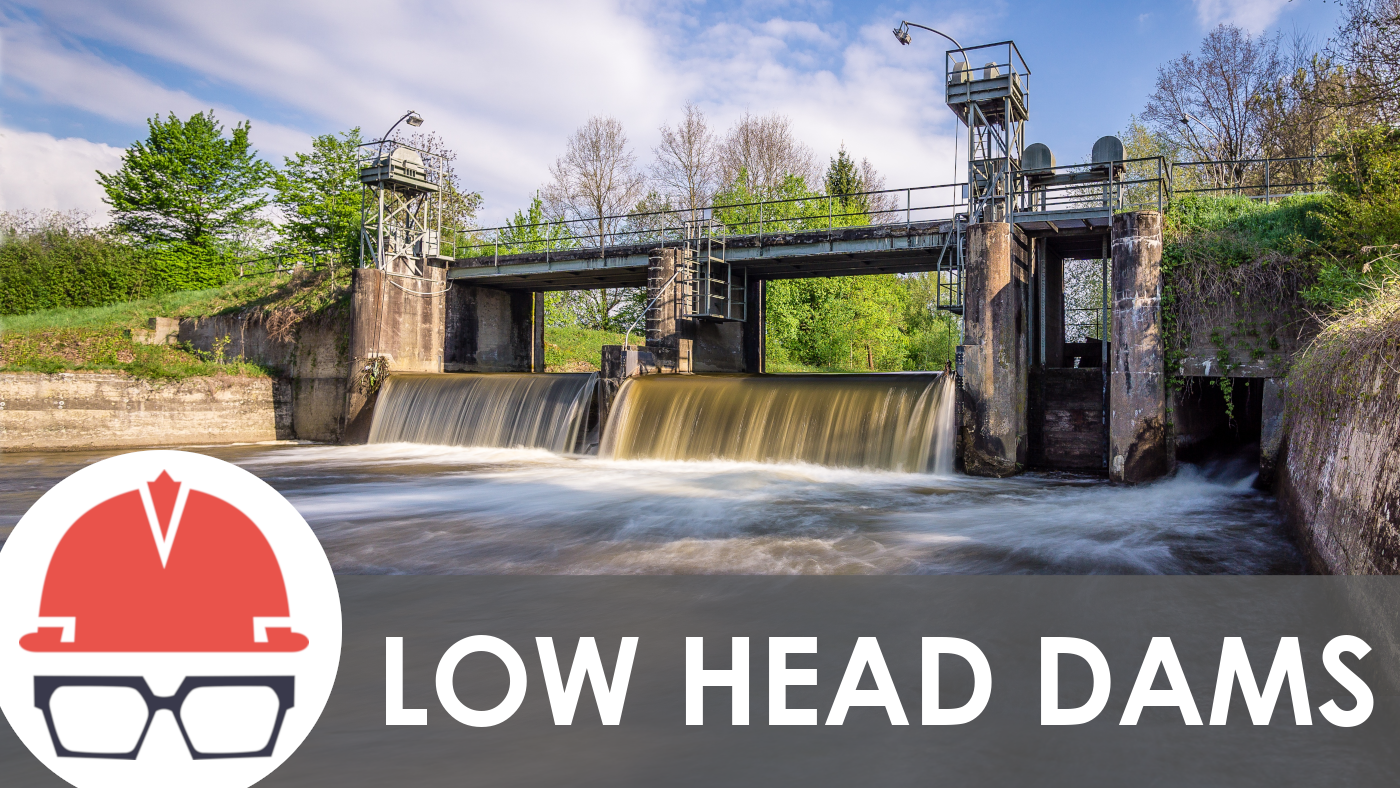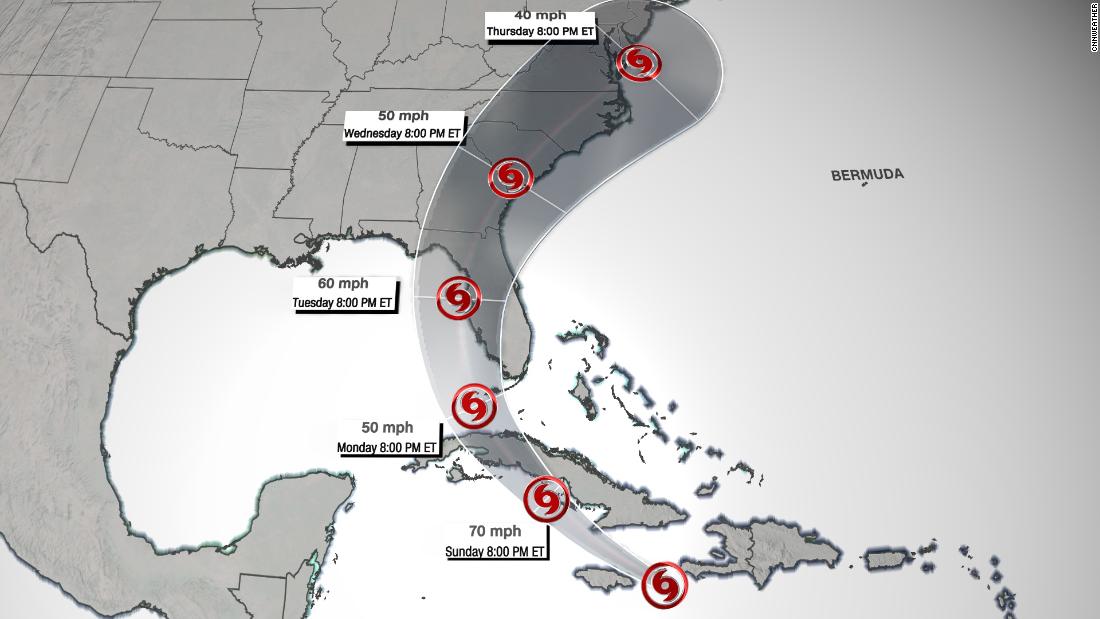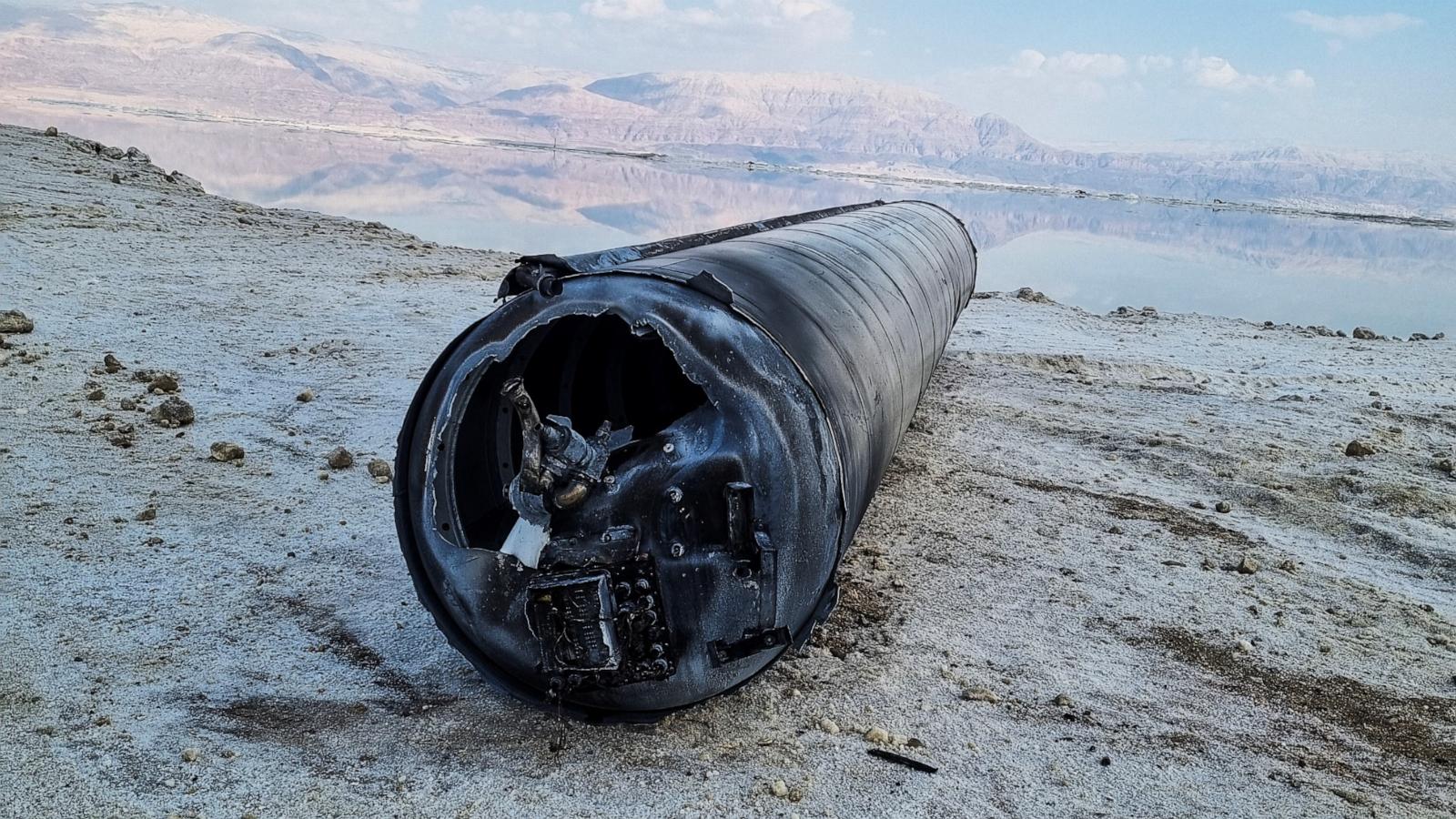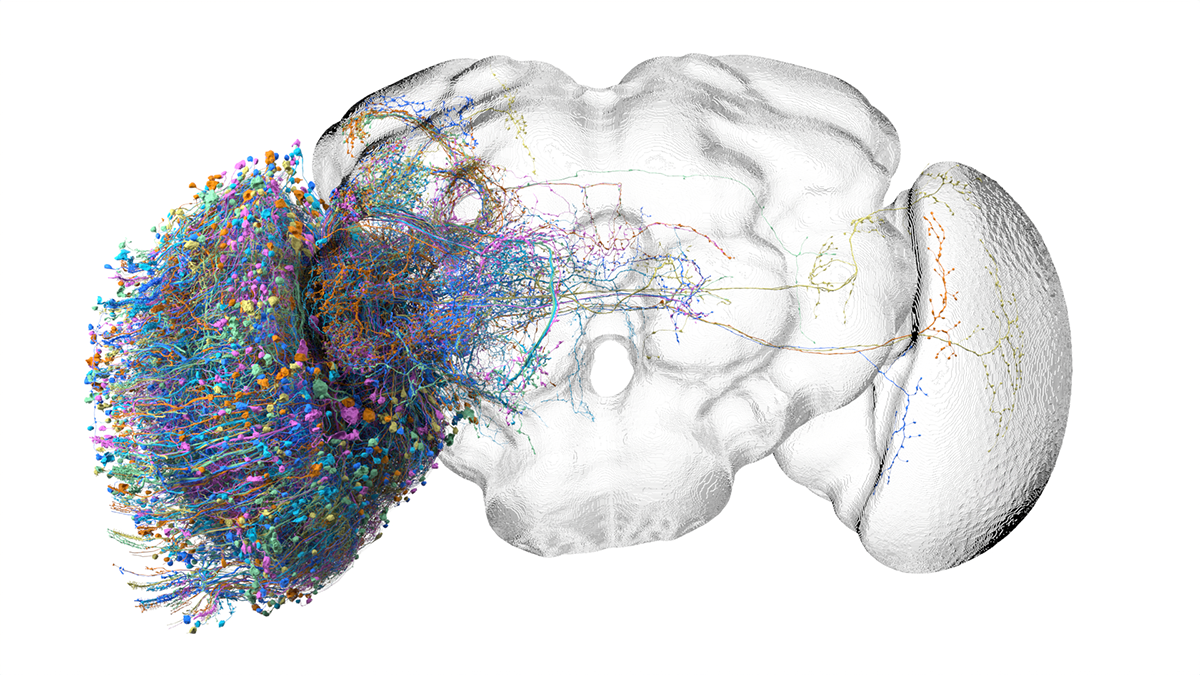
Drowning Machine: The Dangers of Low Head Dams
Dams serve a wide variety of purposes from hydropower to flood control to storage of water for municipal and industrials uses. But when a dam’s useful purpose fades away, the structure itself still remains. Dams come in all shapes and sizes, but contrary to what you might think, the most dangerous dams are often the smallest.
A low head dam, sometimes simply called a weir, is a small structure that impounds a small amount of water and spans the width of river or stream. Usually made from concrete, the purpose of a low head dams is to raise the water level upstream on a river. This can assist with navigation of the channel by boats, create a drop for generating hydropower, and make water available at intakes for water supply and irrigation. Thousands of these structures have been constructed over the years to take advantage of natural watercourses and rivers.
The heyday of low head dam construction was actually in the 1800s when mills and factories often relied on waterpower to drive grinding wheels and other equipment. This was at a time when moving water was the most consistent source of power available in large quantities before widespread adoption of electricity. Most of these old mills and factories are long gone, and the ones that still survive certainly don’t depend on water for power anymore. That means many property owners are forced to maintain these old structures that no longer have any practical use. Or more commonly and much worse, these dams are abandoned by their owner and gradually fall into disrepair.























